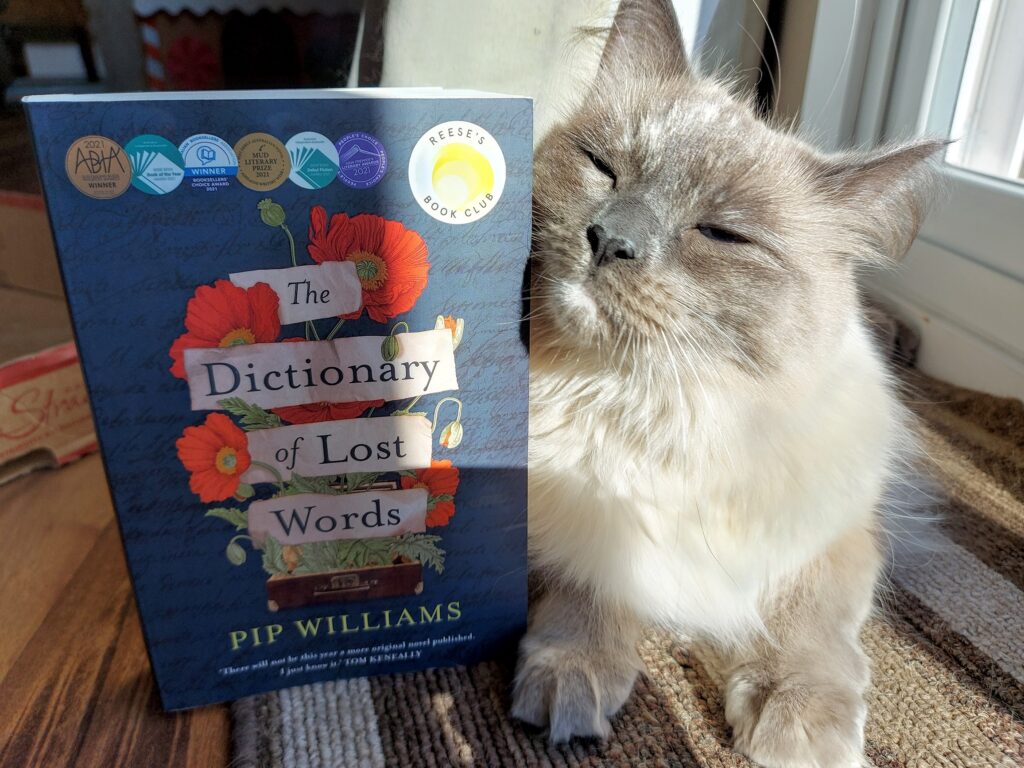The Dictionary of Lost Words by Pip Williams

The Dictionary of Lost Words was recommended to me by both of my husband’s parents. I was also looking to read a book by an Australian author (besides Kate Morton) while we were visiting them in Australia. The Dictionary of Lost Words is about the creation of the Oxford English Dictionary, the first edition of which took 71 years (!) to complete, and the gender politics of the time it was being edited and published. It is a very fascinating subject, and The Dictionary of Lost Words is great for fans of historical fiction.
The Dictionary of Lost Words is told from the perspective of Esme Nicoll, whose father works for Sir James Murray, the editor of the Oxford English Dictionary. Esme and her father are fictional characters, but many of the other characters in the novel, including James Murray, are based on real people who worked on the dictionary. Esme’s childhood is spent in the Scriptorium, the garden shed on Murray’s property where much of the dictionary was put together, hiding under the table where her father and the other lexicographers worked. Esme begins collecting scraps of paper that fall under the table, scraps of paper with words on them that have been submitted by people for inclusion in the dictionary. The first scrap Esme collects is for the word “bondmaid” (bondmaid, n. A woman or girl who is held in slavery or is otherwise obliged to work without payment, e.g. as an indentured labourer). As Esme grows older, she begins to realize that the editors of the dictionary, all older white men, are the arbiters of the English language who decide what words get included in the dictionary, and that certain words, including words that relate to women’s experiences and words that are spoken orally but have never been written down, are deemed not important enough by them to be included in the dictionary. Esme decides to remedy this by collecting the “unimportant” words for her own dictionary, the Dictionary of Lost Words.
Esme comes to age against the backdrop of the suffrage movement in England and WWI. She shows no interest in the domestic “arts” and is instead devoted to the Oxford dictionary. She wants a life that is different from being merely a man’s wife and a mother. Esme is eventually given a job by James Murray, but as a woman, she is relegated to writing correspondence or fetching books from the library. She is not given the important task of choosing words for inclusion in the dictionary, so she keeps collecting words for her own dictionary in secret.
I found some of the situations that happen to Esme to be somewhat clichéd, but overall I think Esme’s story is an affecting one. Before reading The Dictionary of Lost Words, I never gave much thought to how language is constructed by men, and how women are still controlled by language today.